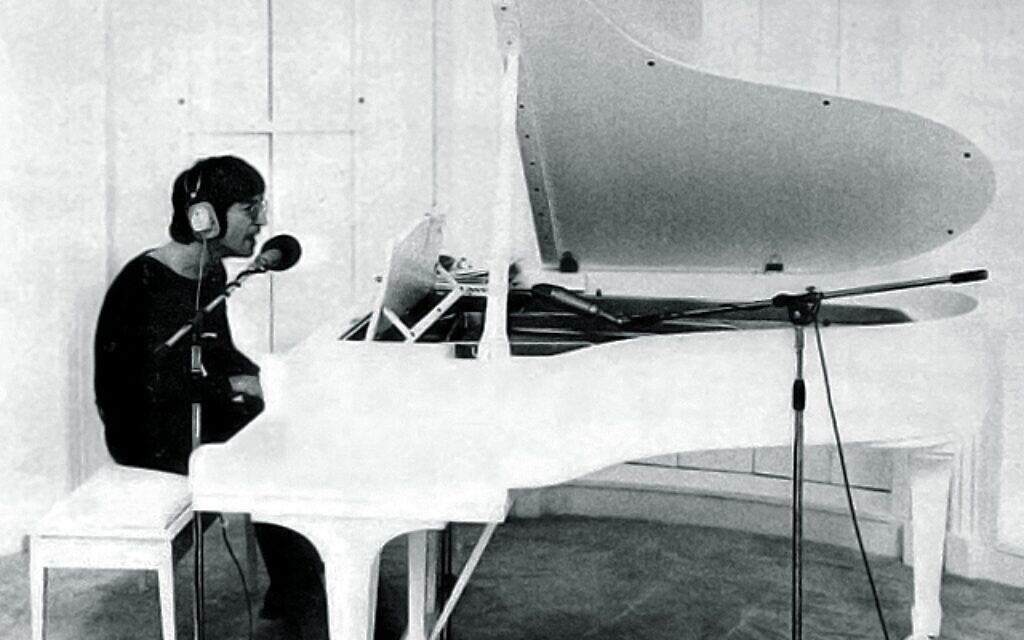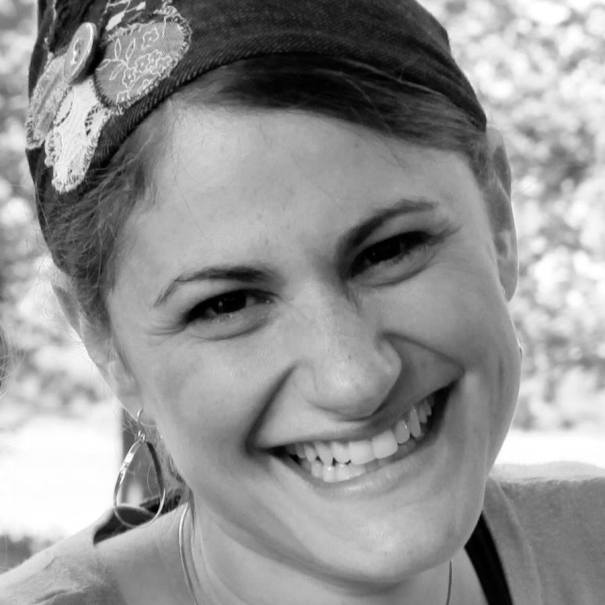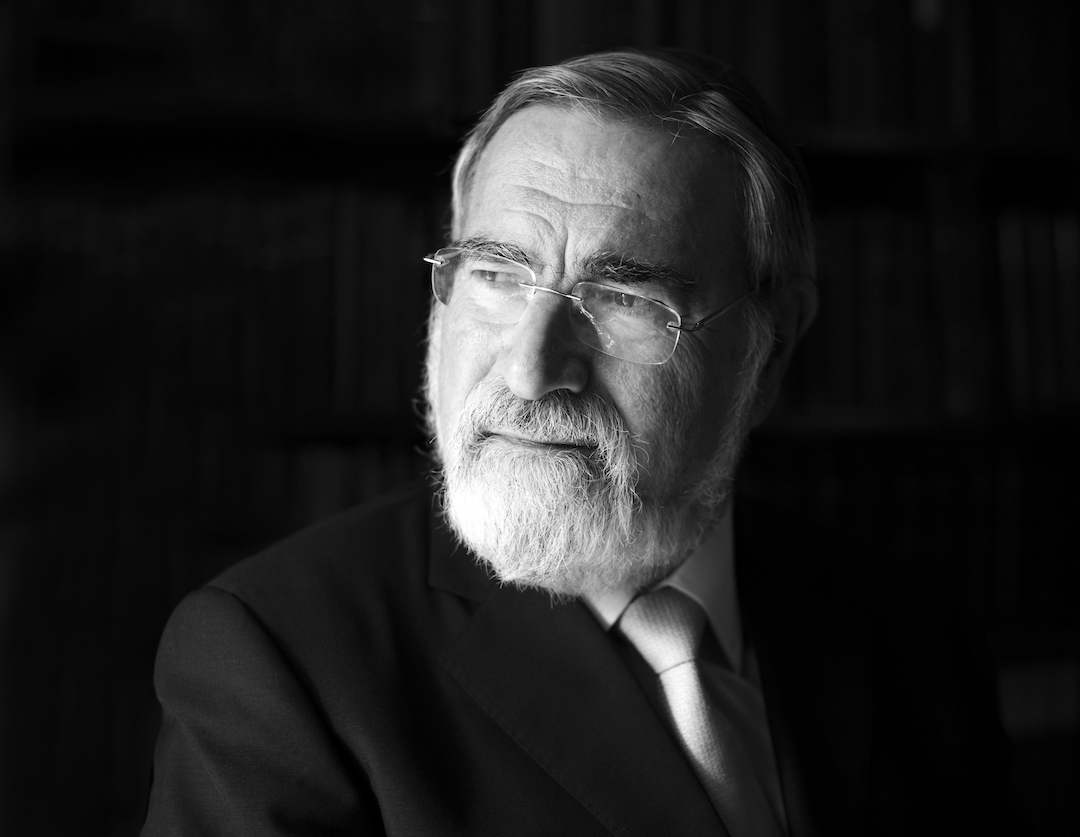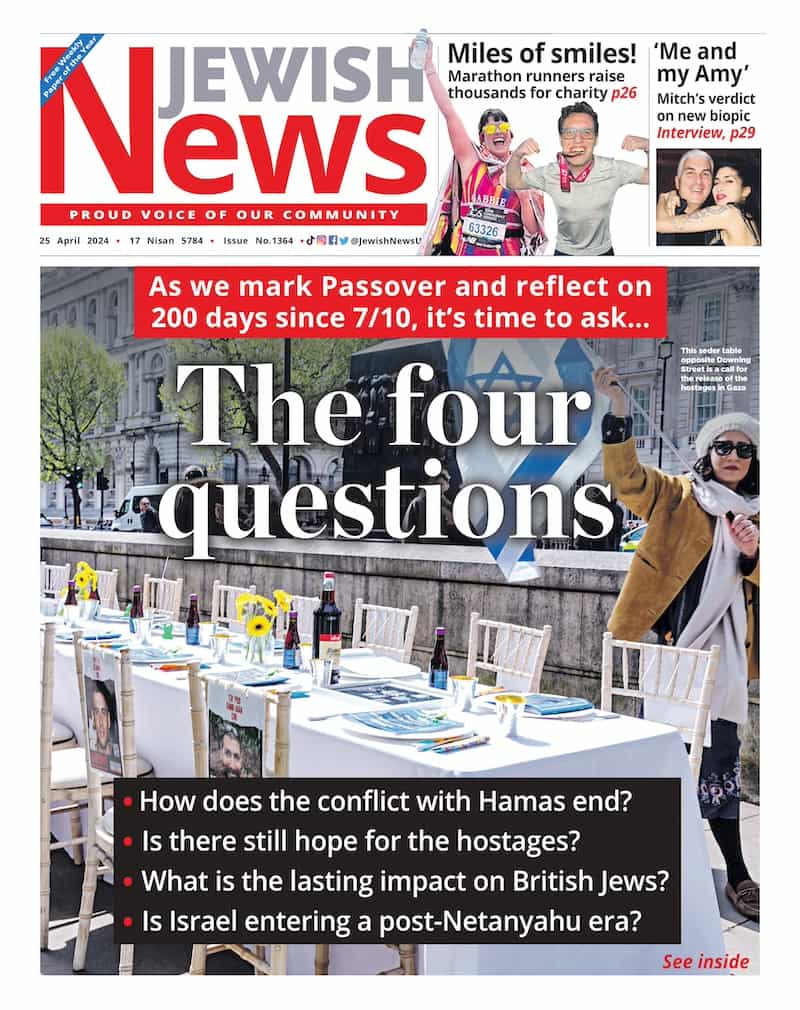OPINION: Why John Lennon was wrong in Imagine
Tanya White of the Matan Women’s Institute for Torah Studies reflects on the teachings of Rabbi Lord Sacks, and why the John Lennon's 'no religion' mantra isn't the right way

On the 11th September 2001 two planes hijacked by Islamic militants hurled themselves into the World Trade Centre towers in New York killing thousands of people. This image remains imprinted in the minds of the billions who watched this event unfold in utter disbelief. In its radicalisation, religion in the 21st century had come close to Samuel Huntington’s vision of the clash of civilisations. But does it have to be this way?
This was the question Rabbi Sacks posed in 2002. I remember reading his book “The Dignity of Difference” and being blown away by the power of its message. Finishing the book I emerged head held high, proud to be part of the treasured people whose legacy he championed for the good of all of humanity. To be sure, the book was not void of controversy, but its central message was anything but controversial: Religion must reclaim its place on the global stage as the voice of peace, compassion, human dignity, morality and conflict resolution. The path towards this goal: to recognise that God’s message to the world and our responsibility towards each other is born in dignifying our differences rather than wishing them away.
In a class I gave this week at LSJS I brought John Lennon’s iconic song “Imagine” as an example of the principles Rabbi Sacks was arguing against in this book. The song echoed the idealism of the sixties that envisioned a world, much like Plato’s world of forms and Kant’s world of the categorical imperative, in which universalism triumphs particularism. The ideal was predicated on the awry belief that through dissolving difference we would arrive at unity and peace.
Get The Jewish News Daily Edition by email and never miss our top stories Free Sign Up
The march towards liberating ourself from all bonds and shackles – religion (“imagine no religion”), nationality (“imagine there’s no countries”), transcendence (“imagine there’s no heaven… no hell below us”) and any long-term responsibility (“imagine all the people living for today”) – would result in a better tomorrow where “the world will live as one.”

In other words, a world not so far removed from their ancient predecessors – the builders of the tower of Babel.
Builders who in an uncanny mirroring of Lennon’s idealism we are told, created a world where there “was a oneness of language and a oneness of things”. Like Lennon’s Imagine, it is a wonderful dream, but it is also deceivingly dangerous as we witness the unfolding consequences in a narrative bereft of names, human dignity and infused with a utilitarian instrumentalism – the building project above all else.
In a globalized world universalism sought to respond to a parochial tribalism but in many ways, it suffers the same malaise – that there exists one truth about the essentials of the human condition. As Rabbi Sacks puts it “if I am right you are wrong. If what I believe is the truth, then your belief, which differs from mine, must be an error from which you must be converted, cured and saved.”
As we unpacked these ideas in the class, I highlighted how Rabbi Sacks claims that the way back is to “exorcise Plato’s ghost”; that is to reverse the platonic narrative; a feature inherent in the Biblical narrative. For Plato the world of forms where difference resolves into sameness is the ideal (we move from the particular to the universal). For the biblical narrative, the direction is reverse. We begin with a universal account of humanity and covenant and move to a particular narrative and covenant. The builders of Babel aim for oneness (Genesis 11:1), which results in anonymity and violence necessitating Divine enforcement of diversity through multiple languages and spreading out.

© Blake-Ezra Photography Ltd. 2013
Lennon sang about a world of sameness. The legacy of the sixties was radical individualism and religious fundamentalism. The way forward argues Rabbi Sacks is to return to Bible’s greatest edifying principle: to make space for the other who is not in my image. We begin with the universal and move to the particular because that is where the moral imagination is born. It is through difference we are enlarged rather than diminished, and hence are able to truly find hope in a post 9/11 world.
If we have learnt anything In the twenty years since the publication of this book, it is that this message needs to be heard now more than ever.
- Tanya White is taking part in the LSJS BIG Super Seder Day taking place this Sunday. For more information go to www.lsjs.ac.uk
- Tanya White lectures at Matan Women’s Institute for Torah Studies in Israel. Her class is part of a fortnightly online course run by the London School of Jewish Studies on the key ideas of Rabbi Sacks, taught by his up-and-coming and well-known students from around the world. It continues on 22 March, to book: www.lsjs.ac.uk

Thank you for helping to make Jewish News the leading source of news and opinion for the UK Jewish community. Today we're asking for your invaluable help to continue putting our community first in everything we do.
For as little as £5 a month you can help sustain the vital work we do in celebrating and standing up for Jewish life in Britain.
Jewish News holds our community together and keeps us connected. Like a synagogue, it’s where people turn to feel part of something bigger. It also proudly shows the rest of Britain the vibrancy and rich culture of modern Jewish life.
You can make a quick and easy one-off or monthly contribution of £5, £10, £20 or any other sum you’re comfortable with.
100% of your donation will help us continue celebrating our community, in all its dynamic diversity...
Engaging
Being a community platform means so much more than producing a newspaper and website. One of our proudest roles is media partnering with our invaluable charities to amplify the outstanding work they do to help us all.
Celebrating
There’s no shortage of oys in the world but Jewish News takes every opportunity to celebrate the joys too, through projects like Night of Heroes, 40 Under 40 and other compelling countdowns that make the community kvell with pride.
Pioneering
In the first collaboration between media outlets from different faiths, Jewish News worked with British Muslim TV and Church Times to produce a list of young activists leading the way on interfaith understanding.
Campaigning
Royal Mail issued a stamp honouring Holocaust hero Sir Nicholas Winton after a Jewish News campaign attracted more than 100,000 backers. Jewish Newsalso produces special editions of the paper highlighting pressing issues including mental health and Holocaust remembrance.
Easy access
In an age when news is readily accessible, Jewish News provides high-quality content free online and offline, removing any financial barriers to connecting people.
Voice of our community to wider society
The Jewish News team regularly appears on TV, radio and on the pages of the national press to comment on stories about the Jewish community. Easy access to the paper on the streets of London also means Jewish News provides an invaluable window into the community for the country at large.
We hope you agree all this is worth preserving.
-
By Brigit Grant
-
By Laurent Vaughan - Senior Associate (Bishop & Sewell Solicitors)
-
By Laurent Vaughan - Senior Associate (Bishop & Sewell Solicitors)
-
By Laurent Vaughan - Senior Associate (Bishop & Sewell Solicitors)
-
By Laurent Vaughan - Senior Associate (Bishop & Sewell Solicitors)





















